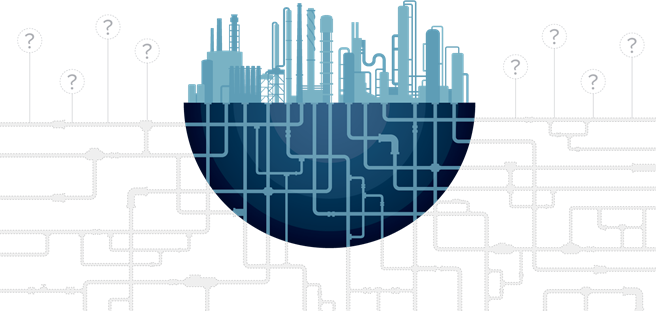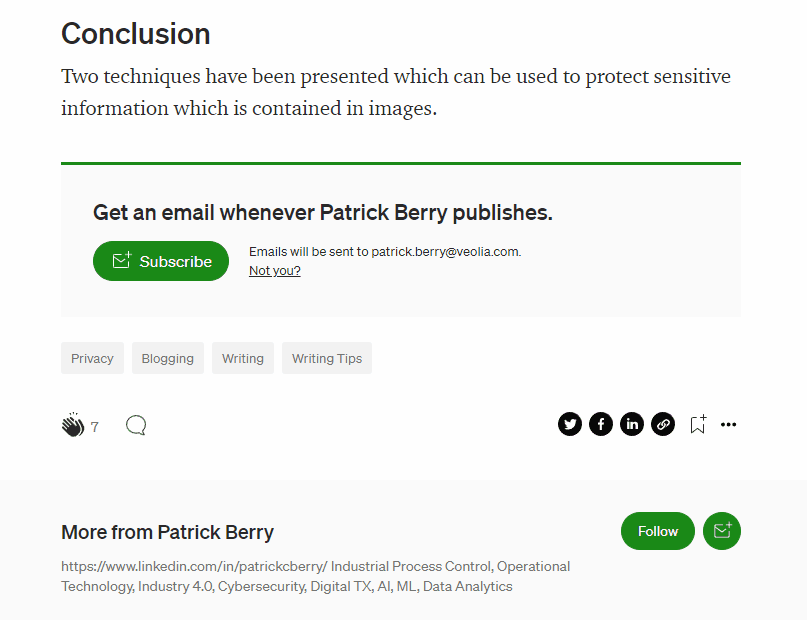Benefits of IT/OT Convergence
According to Gartner

Back in 2011 Gartner’s Kristian Steenstrup publish a research note, IT and Operational Technology: Convergence, Alignment, and Integration, this was updated in 2015.
This note describes a number of benefits of converging IT and OT organisations which I believe are worth examining. It should be noted that the view of IT and OT convergence is that IT will absorb the OT function and that the CIO would take the leadership role.
So What Are Operational Technologies?
“Operational technology is hardware and software that detects or causes a change, through the direct monitoring and/or control of industrial equipment, assets, processes and events.” Wikipedia
Operational Technology is also known as Process Automation, Industrial Process Control, Control Systems etc. originated in the 1600s when thermostatic furnace control was first developed.
Control technologies include mechanical, pneumatic, electronic, and now digital control. From the 1970s computer-based control of manufacturing and process plants has become widespread with the introduction of the Programable Logic Controller (PLC) and Distributed Control System (DCS). These were originally proprietary micro-processor based systems for controlling industrial processes.
What is Convergence?
Before we discuss the purported benefits, lets first consider what IT OT convergence is. I suggest that IT OT convergence can potential comprise one or more of the following:
Technology and Platform Convergence
OT is increasingly moving away from the use of proprietary hardware and software and adopting COTS hardware and the use of mainstream, standards base enterprise grade operating systems, software, and networking equipment.
Some examples of this include the use of TCP/IP networks and server virtualisation.
Alignment
IT and OT teams can increasingly work with common standards, procedures, tools, and platforms.
Integration
The integration of IT and OT functions into a common organisation supporting both domains.
Purported Benefits
Given that Technology and Platform convergence is undeniable and has been underway since the late 1990s, the purported benefits of IT OT convergence relate to alignment and integration and include:
Optimized Business Processes
This was listed as a benefit in the note but not really described. I have assumed that this is related to the use of shared standards and platforms.
Enhanced Information for Better Decisions
This was not described in the note, but it is assumed the authors intention was that with IT and OT systems running on common platforms and managed by common teams that more and better-quality data would be made available from OT systems for corporate decision making.
This is a bit of a throwaway line without any real justification. My experience is that there are still significant barriers to the use of OT data by business systems. I believe that this is a widespread issue given that organisations are now creating Data Offices and appointing CDOs to attempt to get better control and utilisation of their data.
The key issue with sharing OT data is the lack of data models, good (and secure) connectivity solutions, data-mapping and meta-data management.
The Gartner note appears to suggest that having IT and OT work to common standards will magically make this go away. I suggest that this is easier said than done as many industry groups (ISA, OPC Foundation, Profibus Foundation, OASIS, various Industry 4.0 groups) have been working on data models and management for decades and we still do not have a solution.
Reduced Costs
The two mechanisms described to reduce costs through convergence are,
- The use of a shared set of standards and platforms.
- Shared standards resulting in lower cost for systems integration.
There are limitations to the use of shared standards which include,
- Different security drivers (availability vs data security for examples)
- Difference product lifecycles (decades compared to years)
- Availability of outage windows
- Significant system configuration costs of OT systems
Regarding reducing the cost of systems integration. The major cost here is data management (see comments above on data models).
Another reason that cost could be expected to increase rather than decrease is that current OT budgets are generally inadequate.
In recent decades OT systems have progressively moved to utilize mainstream IT technologies. IT technologies typically have short refresh cycles and are generally high maintenance (monthly patching cycles for example). In contrast, OT equipment historically has had very long refresh cycles and lower levels of required maintenance.
There is often currently a discrepancy between the maintenance and renewals budgets for OT systems and the higher costs associated with the newer technologies.
Lower Risks
The mechanisms suggested that would reduce risk include,
- The use of a shared set of standards and platforms.
- The use of IT security staff on OT systems.
- A holistic IT-OT security implementation
As mentioned above for cost reductions there are limitations to sharing standards due to different security drivers (availability vs data security for examples).
The argument for a holistic IT-OT security implementation is showing its age given the current school of thought in this area is to adopt a zero-trust approach.
There is an implication in the note that IT security staff have more competence in this domain than the OT team. This is questionable especially given the comprehensive security standards that have been developed by engineering organisations (IEC 62443 for example).
Shortened Project Timelines
This was listed as a benefit in the note without description or justification.
Observations
In addition to describing the benefits of IT OT convergence above. A number of other observations were made in the note which are worthy of comment.
COTS Software Delivery Model
There is a discussion relating to the delivery of COTS software and a claim that OT vendors’ software was not as mature as that in the IT domain and that IT professionals’ skills could be applied to influence OT vendors to produce more COTS solutions.
It is quite unclear what the author is inferring here, I would suggest that he is somewhat confused as to how OT software and systems work. All OT software requires extensive configuration, as does any large business system in the IT domain.
OT Integration into Enterprise Architecture
I would suggest that the interfaces to OT systems rather than the entire OT system will become integrated into Enterprise Architecture.
OT Management Practises
The discussion relating to the use of IT process and the requirement to adopt IT release and patch cycles does not consider the equipment lifecycles, operating constraints, and outage windows available for OT systems.
CIO as OT Leaders
The discussion relating to the CIO becoming the custodian of all OT systems ignores the fact that, OT systems are tightly integrated with engineered systems that control a physical system in the real world. Engineering standards are non-trivial, and, in many cases, it is mandatory for Professional Engineers to implement and manage.
Conclusion
Gartner’s research is targeted towards IT professionals so it is perhaps not surprising that they would promote an expanded role for the CIO given the convergence of IT and OT technology platforms.
An alternate scenario is the education of OT professional in IT skills, this is more likely given the generally higher level of professionalism and technical competence in the engineering disciplines and considering that many OT professional are from and Electrical, Computer Systems, Software or Mechatronics background.
A more in-depth review of IT OT convergence is provided here.
Read Further
Thanks for reading, hope you enjoyed this article.
To explore further,
- Subscribe to email notifications
- Click on the ‘follow’ button at the top of the article
- For all things Industry 4.0, check out my Industrial Digital Transformation & Industry 4.0 publication
- Feel free to join my network on LinkedIn (remember to mention that you have read the article)
To support medium authors, consider a subscription.
Remember to click on the subscribe and follow button,

